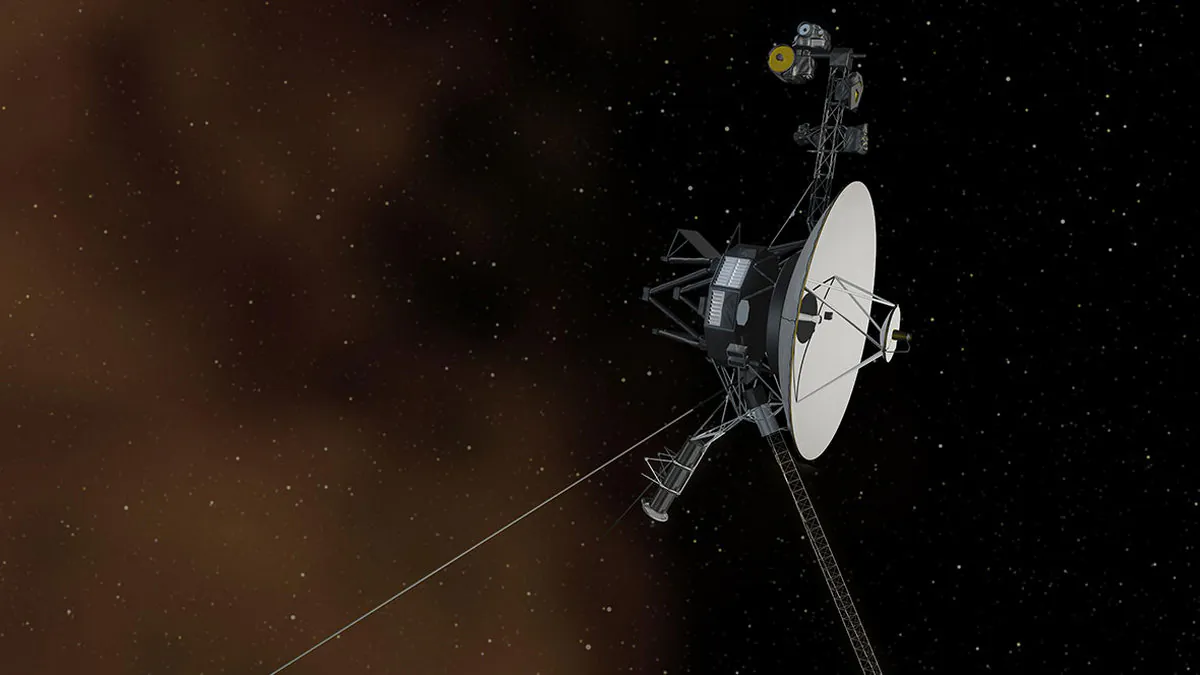
According to the space agency, Voyager 1 – one of two space probes launched by NASA in 1977 to study Jupiter, Saturn and their moons – sends confusing data to Earth. The spacecraft’s control system regularly sends NASA telemetry data indicating its location. But a team of Voyager 1 engineers was recently baffled by space probe readings that contained random or inaccurate data. Even more confusing is the fact that the nearly 45-year-old probe is otherwise in good shape – its signal is still strong, and the failure did not activate its safe mode. Voyager-2 (a related probe to Voyager-1) seems to be in perfect order as well.
“A mystery like this is sort of par for the course at this stage of the Voyager mission,” said Suzanne Dodd, the project manager for the Voyager program at NASA’s Jet Propulsion Laboratory. “The spacecraft are both almost 45 years old, which is far beyond what the mission planners anticipated. We’re also in interstellar space – a high-radiation environment that no spacecraft have flown in before. So there are some big challenges for the engineering team.”
But the connection to Voyager 1 is easier said than done. Both probes are now farther from Earth than Pluto – Voyager 1 is about 23 billion km from our planet. According to NASA, it takes about two days to receive a response from the spacecraft after sending a message. Dodd said NASA could solve the problem by changing the software or possibly one of the probe’s backup hardware systems. And if not, the agency will have to “adapt” to the failure.
In any case, NASA will lose contact with both drones in the next few years, when they run out of energy. Both Voyager 1 and Voyager 2 run on plutonium-238, which later decays. According to scientists, by 2025 none of the probes will have enough plutonium-238 for normal operation. There is a limited amount of plutonium left on Earth, and its production requires a lot of time and effort. Russia supplied NASA with plutonium-238 for many years, until it terminated the agreement in 2015. Fortunately for NASA, the US Department of Energy has resumed domestic production of plutonium-238 at the Oak Ridge Laboratory, making a number of current and future NASA projects possible, including the NASA Perseverance mission.
You can also help Ukraine fight with Russian occupants via Savelife or via an official page of the National Bank of Ukraine.
Read also:
Leave a Reply